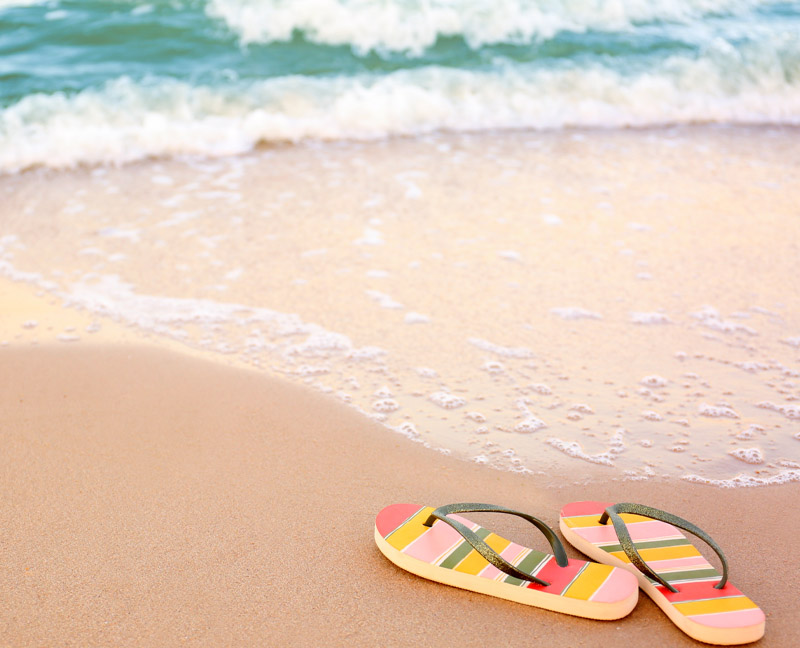The Flip-Flop Phenomenon: Understanding Their Effects on Your Body

Flip-flops are a summer staple, beloved for their casual style and ease of wear. However, these simple sandals may have a significant impact on your body, potentially leading to a range of issues from foot pain to posture problems. Understanding the effects of wearing flip-flops can help you make more informed footwear choices and protect your overall health.
One of the primary concerns with flip-flops is the lack of support they provide. Unlike well-structured shoes, flip-flops offer minimal arch support and cushioning. This can lead to various foot problems, especially for individuals with flat feet or high arches. Without adequate support, the foot’s natural alignment is compromised, leading to conditions such as plantar fasciitis. This painful inflammation of the plantar fascia, the band of tissue that runs along the bottom of the foot, can cause significant discomfort and hinder daily activities.
The design of flip-flops also affects the way you walk. With just a thin strap between the toes, your toes tend to grip the sandal with each step to keep it from slipping off. This gripping action can strain the muscles and tendons in the feet, leading to overuse injuries. Over time, this unnatural gait can extend problems beyond the feet, affecting the ankles, knees, hips, and even the lower back. The lack of heel support can exacerbate these issues, as the foot is more prone to rolling inward or outward, causing instability and potential injury.
Moreover, the flat, thin soles of flip-flops provide little shock absorption, which can lead to increased pressure on the heels and balls of the feet. Walking on hard surfaces without proper cushioning can contribute to the development of heel spurs, painful bony growths on the heel bone, and metatarsalgia, inflammation of the ball of the foot. These conditions can be particularly problematic for individuals who spend long periods on their feet or engage in activities that involve a lot of walking or standing.
Beyond foot-specific issues, wearing flip-flops can have broader implications for your overall posture and alignment. The lack of support can cause the arches of the feet to collapse, leading to overpronation (inward rolling of the feet). This, in turn, affects the alignment of the knees and hips, potentially leading to pain and dysfunction in these areas. Over time, the cumulative effect of poor alignment can result in chronic pain and musculoskeletal problems.
Despite these potential drawbacks, flip-flops do have their place. They are convenient for short-term wear, such as at the beach, around the pool, or in communal showers where protection from bacteria and fungi is important. However, for everyday wear and activities that require prolonged walking or standing, it’s advisable to opt for footwear that provides better support and stability.
To mitigate the risks associated with flip-flops, consider choosing styles that offer more support. Look for flip-flops with contoured footbeds, arch support, and thicker soles that provide better shock absorption. Additionally, limit the amount of time spent in flip-flops and switch to more supportive footwear for longer periods of walking or standing.
While flip-flops are a popular and convenient choice for warm weather, they can have significant effects on your body, particularly your feet, posture, and overall alignment. Being mindful of these potential issues and choosing more supportive options can help you enjoy the casual comfort of flip-flops without compromising your health.
The contents of this article have been reviewed by Dr. Gregory Herman, Family Medicine provider with Shore Physicians Group. Dr. Herman, who has a care philosophy of moderation in everything and variety is the key to life, treats patients at Shore Physicians Group’s office in Marmora, located at 4 Roosevelt Boulevard in the Shop Rite Plaza. To schedule an appointment with Dr. Herman, call 609-814-9550.